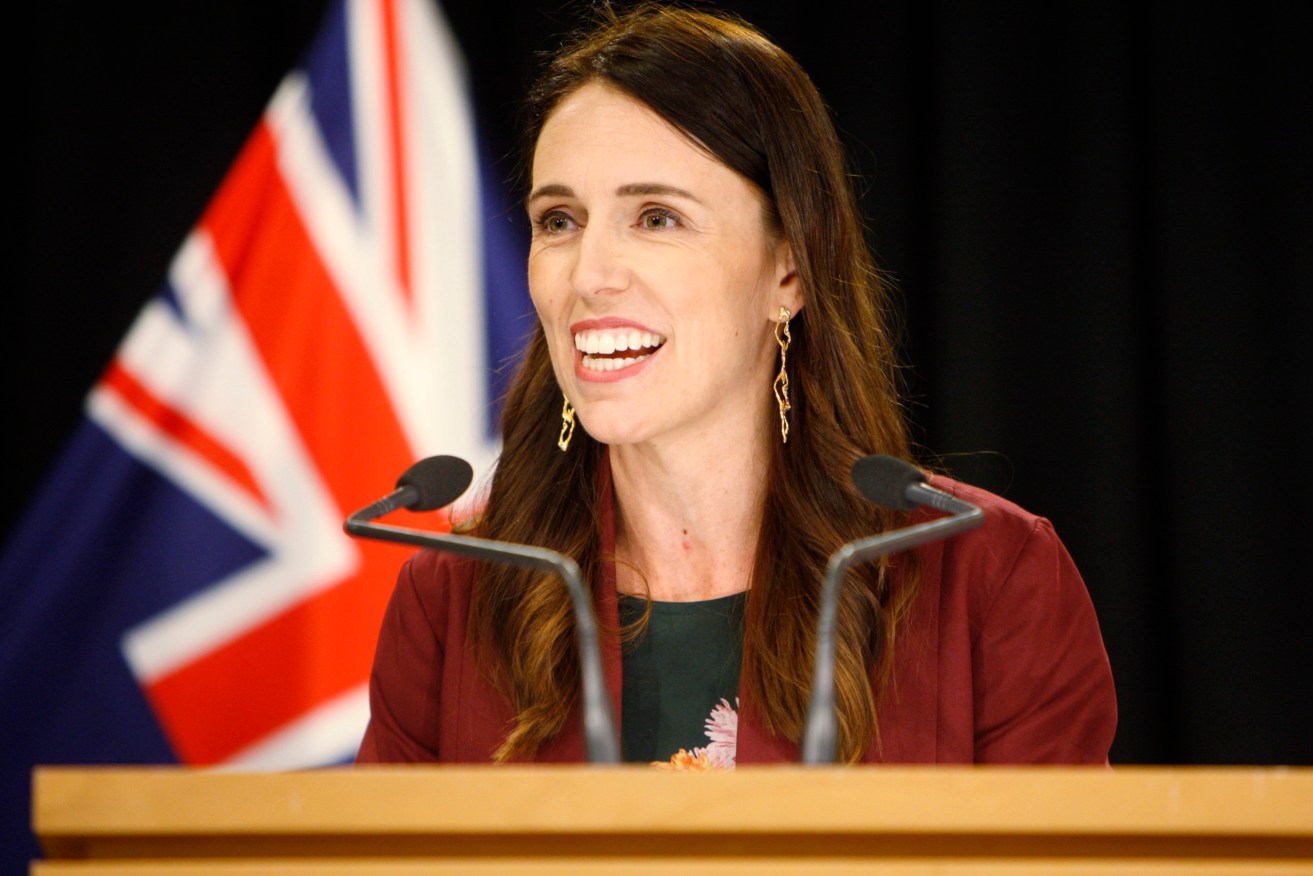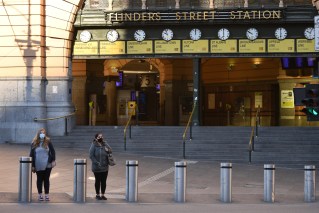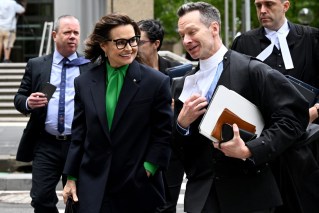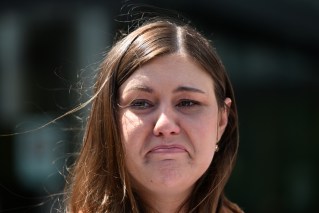LNP only needs to look across the Tasman to see the damage of division
Kiwi PM Jacinda Ardern is writing the script for how to win an election in the midst of chaos. But in Queensland, only one side appears to be taking notice, writes Dennis Atkins


New Zealand Prime Minister Jacinda Ardern is set to announce a 'world first' trans-Tasman travel bubble. (Photo: AP Photo/Nick Perry, File)
A political contest playing out over the Tasman provides a tantalising counterfactual to what might have unfolded in Queensland.
Only a month ago, the LNP twisted itself every which way, leaked against its leader, faced a revolt by old white backroom men and dared to challenge the strutting party president David Hutchinson.
LNP leader Deb Frecklington prevailed and, while Hutchinson lost in his outside-the-tent-putsch move, the parliamentary party and organisation remain in an effective stand-off, a political machine at war with itself.
As a result of this internecine strife, the LNP has moved from being the underdog at the October 31 poll to drifting outsider as Labor’s Annastacia Palaszczuk rides high on the back of steady, safe, effective handling of the coronavirus pandemic.
It is not hard to see how this thesis has evolved and taken hold in the minds of players and pundits. It’s Maslow’s theory of the hierarchy of human needs, stupid.
Abraham Maslow’s hierarchy is based on the psychologist’s 1943 paper on human needs and motivation where a rising hierarchy is satisfied as each tier is ticked off.
A basic level of need in any political calculus is safety and personal security and meeting those fundamental requirements of individual satisfaction allows politicians to then gain permission for other promises and proposals.
Nothing fits Maslow’s hierarchy more neatly than giving people safety and security during a global pandemic – protecting them from getting sick and possibly dying. Palaszczuk has done that and, at the moment, she is being rewarded for it.
A corresponding example of a politician facing election who has also stood up in the challenge of COVID-19 is New Zealand’s Jacinda Ardern.
New Zealand Labour’s Ardern, a poster progressive leader feted around the democratic world who graced the cover of Time, is taking her minority government to the polls on September 19 against a National opposition which is terrified of defeat and in constant leadership turmoil.
After registering a losing poll result of just 30 per cent two months ago, National ditched its leader, Simon Bridges, for an apparent “winner” in Todd Muller. By mid-July, this was seen as a bad move and the opposition party switched again, this time to Judith Collins, portrayed as New Zealand’s “Iron Lady”.
Now the polls are ringing loudly again and it’s gone from a disaster to a wipeout. A weekend poll put Ardern’s Labour Party on an astonishing 61 per cent – the highest the party has ever recorded – against National on 25 per cent, down five points from the time they first started their game of leadership merry-go-round.
Even more confronting is the net satisfaction rating for Ardern – the Labour leader is on net 77 per cent (with an approval number of in the stratosphere, at 85.3 per cent).
Collins has a satisfaction number that’s positive – but at plus 8.7 it’s more than overshadowed by Ardern.
There are two glaring conclusions from these numbers – which still might be brought back to the field by the gravity of a campaign but look almost unbeatable at the moment.
It’s safe to say Ardern is the winning element in Labour’s pitch to voters. They regard her as a safe pair of hands in a time of uncertainty and insecurity and they are more than satisfied with the way she’s steered the country through this crisis.
The other stand out conclusion is that voters do not like instability and infighting and regard changing leaders twice in just over two months as an exemplar in that.
The other noteworthy observation is that there have been plenty of criticisms of Ardern’s government, from a failure to present a meaningful economic plan, to myriad broken promises and a distaste for celebrity leadership.
These disparate quibbles with Ardern and her government are taking a back seat to the overriding satisfaction with stable stewardship through the pandemic.
The parallels with what’s playing out in Queensland are there and we could only wonder what damage the LNP might have done to itself if they’d gone ahead with destroying Frecklington’s leadership. Even so, they have inflicted plenty of self-harm with what’s a still unresolved bout of internal bickering.
We don’t quite know where things stand right now because there is no published polling showing Palaszczuk and Labor with any kind of lead, let alone a commanding one like that seen in New Zealand.
There is every chance – and plenty of anecdotal evidence – the stocks of Palaszczuk and Labor have risen significantly in the last four to six weeks, especially on the back of a strong, unequivocal stand on keeping the state border tight and secure and the threat of a new wave of coronavirus from Victoria and possibly New South Wales.
Palaszczuk will still face a tough election battle, especially in the regions where the presence of not just the LNP but the right-wing splinter groups, Pauline Hanson’s One Nation, the Katter’s Australian Party and the remnants of Clive Palmer.
However, in the southeast, Palaszczuk could benefit from support on a scale Labor has not seen since the glory days of Peter Beattie.
This would not only open up a range of opportunities for Labor but put the LNP on the defensive in seats the conservatives would have thought were in the bag.
This election just keeps getting more interesting.












